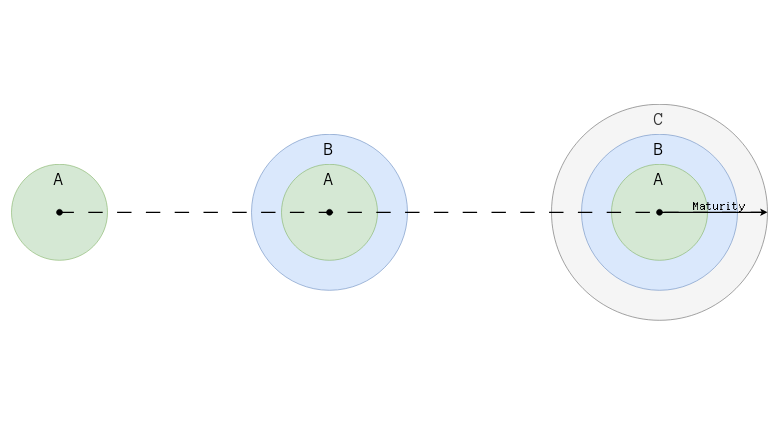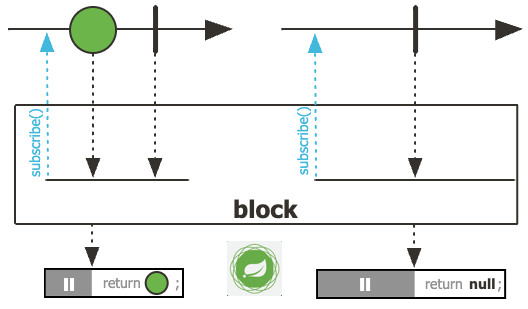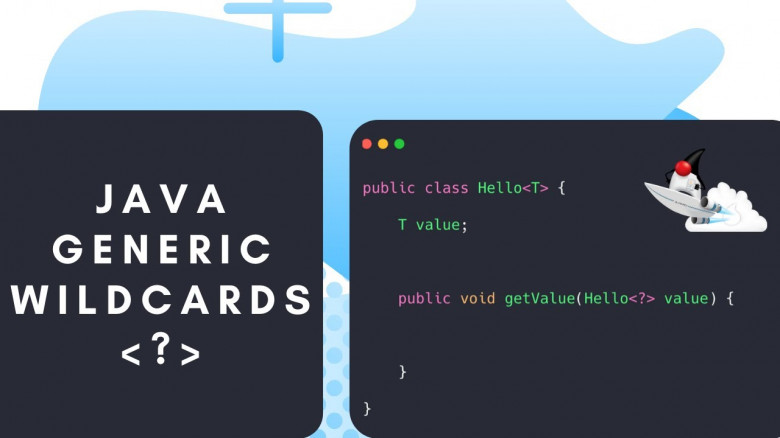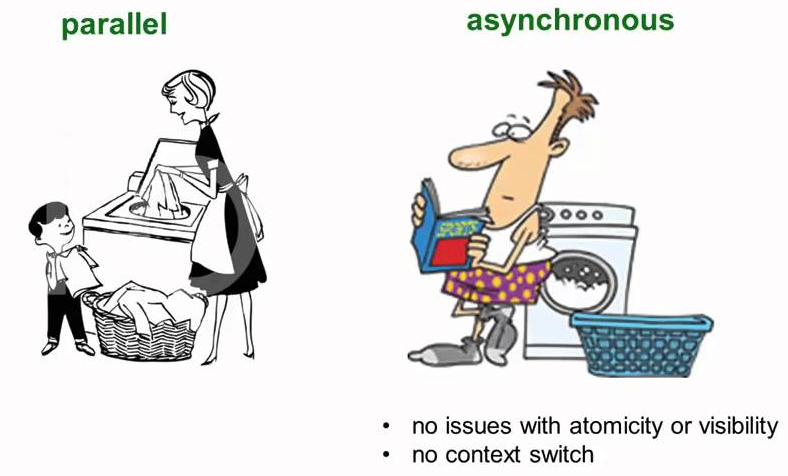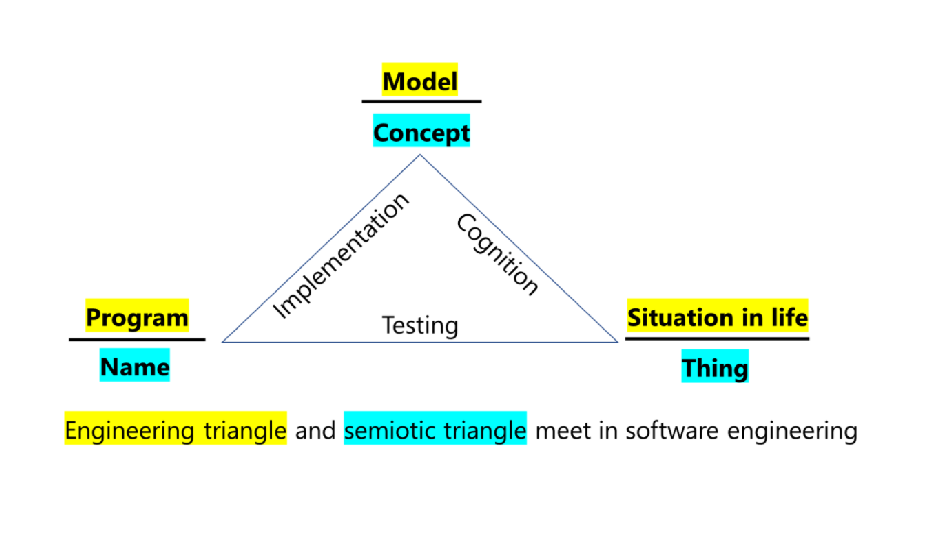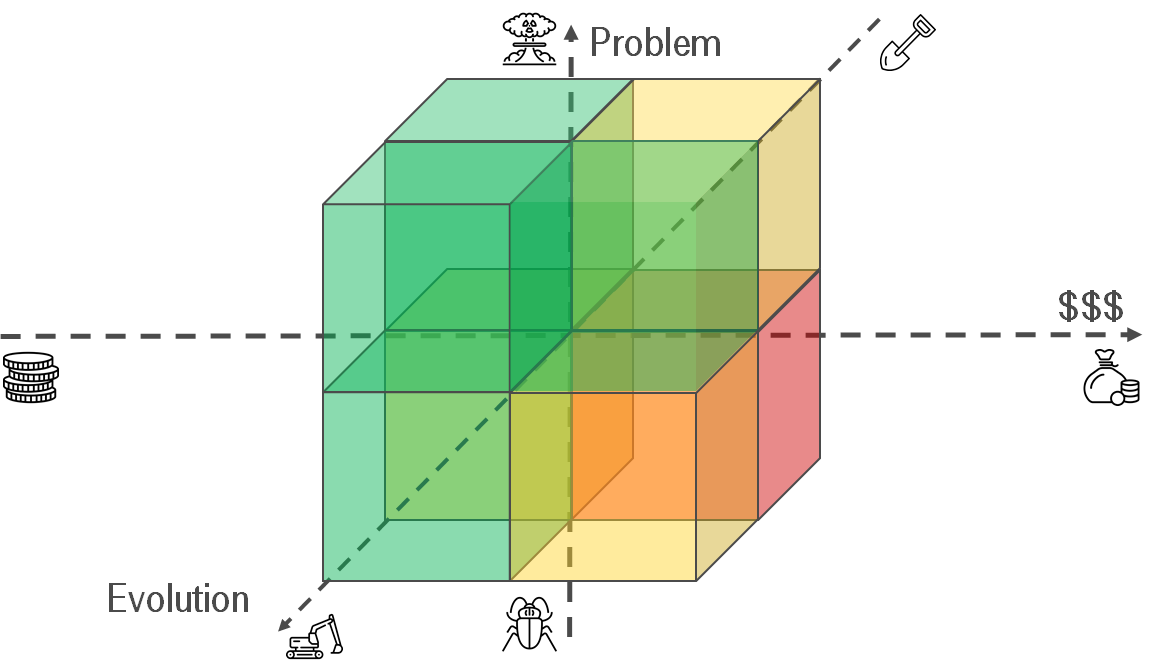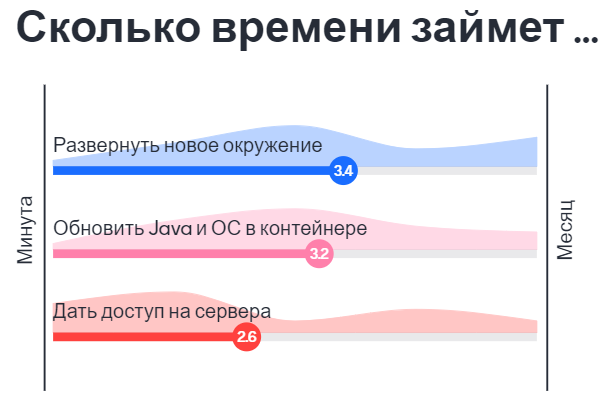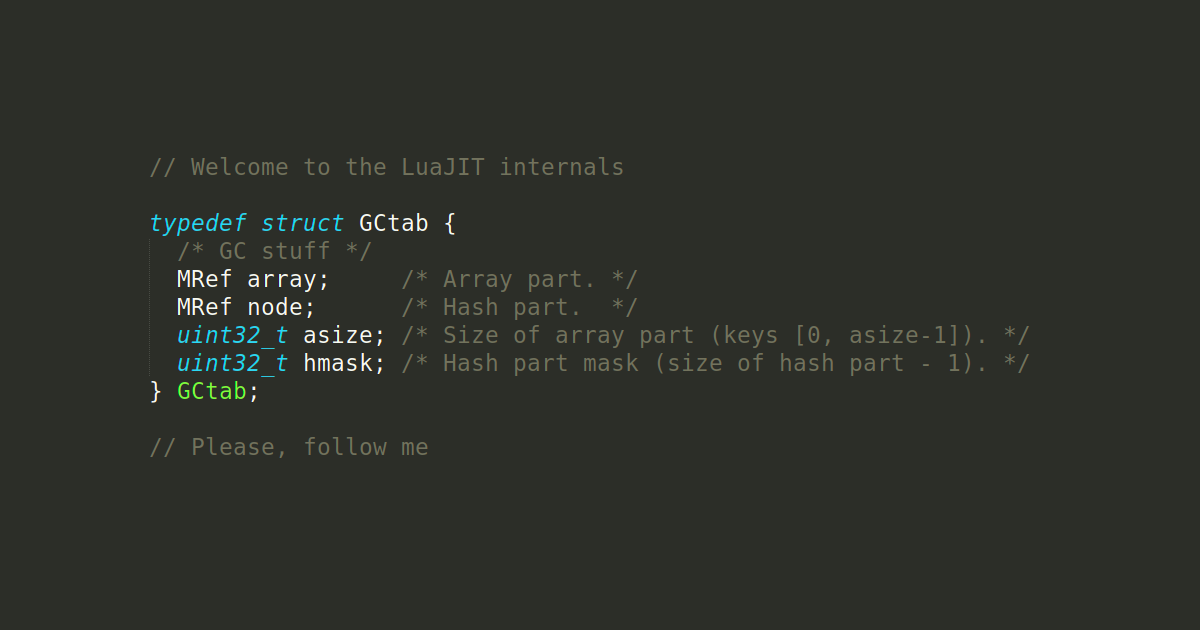Designing profitable software: architecture principles for business success

This article presents a business-driven approach to software architecture, focusing on maximizing profitability through technical decisions. It advocates for:
Distributed, stateless services with immutable models for scalability
Isolated third-party integrations without disrupting core logic
Simple, modular design
Best for:
✔ Tech leads designing scalable systems
✔ Managers optimizing dev efficiency
✔ Stakeholders evaluating ROI on architecture


